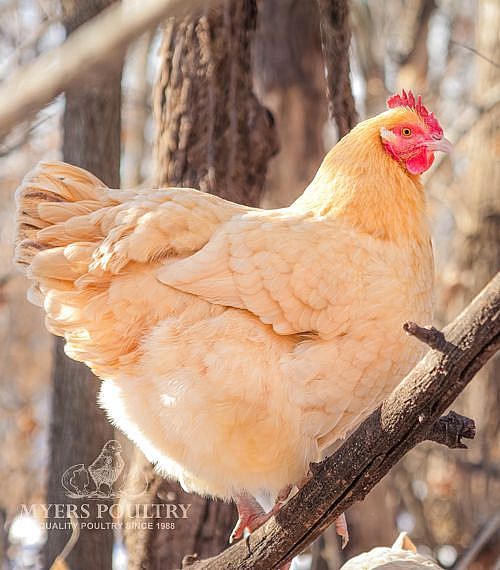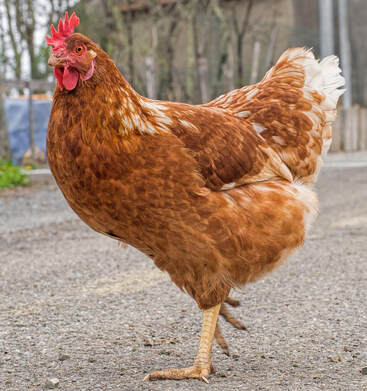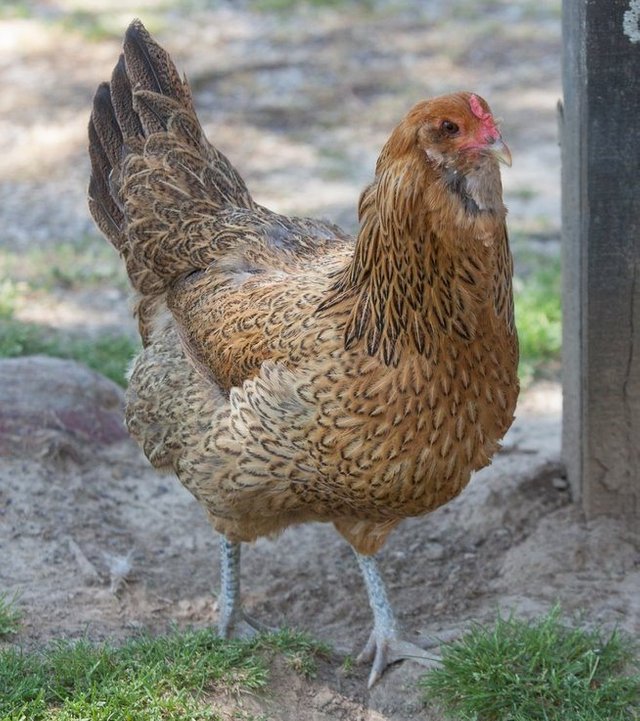Supplies You’ll Need (Chicken-Safe Materials)
Guttering System:
- PVC or aluminum gutters (avoid lead-based materials or any painted/coated materials that may contain toxins)
- Downspout (PVC or aluminum)
- Gutter hangers or brackets (to attach the gutter to the coop)
- End caps (to close off the gutter ends)
- Leaf guard or mesh screen (to keep leaves and debris out)
Rainwater Collection & Filtration:
- Food-grade rain barrel (55-gallon or more, BPA-free plastic or stainless steel)
- Downspout diverter (optional but helps direct water to the barrel)
- First-flush diverter (removes initial dirty runoff before filling the barrel)
- Screen filter (fine mesh to prevent debris, insects, and algae)
- Spigot & overflow hose (to control water output and prevent overflow)
- Non-toxic sealant (for leak-proofing)
Water Distribution System:
- PVC pipes or food-grade hoses (to move water from the barrel to the chicken waterers)
- Gravity-fed chicken waterer or poultry nipples/cups (to provide clean, fresh water)
- Drip irrigation line (if you want a slow-feed system)
- Blackout cover for the rain barrel (to prevent algae growth)
How to Rig It Up
- Install Gutters on the Coop Roof
- Attach the gutters along the roof edge using brackets.
- Ensure a slight slope toward the downspout (about 1/4 inch per foot for proper drainage).
- Secure end caps to prevent leaks.
- Connect Downspout to the Rain Barrel
- Position the barrel near the downspout on a raised, level surface (cinder blocks or a wooden platform).
- Attach the downspout diverter to direct rainwater into the barrel.
- Install a first-flush diverter (optional but helps remove dirt and contaminants from the roof before water enters the barrel).
- Filter the Water
- Place a fine mesh screen at the barrel opening to block debris and insects.
- Use a secondary inline filter if needed.
- Distribute Water to the Chickens
- Install a spigot near the base of the rain barrel.
- Attach a food-grade hose or PVC pipe to lead water to a gravity-fed chicken waterer or a system with poultry nipples.
- Elevate the barrel to ensure good water pressure if using gravity flow.
- Overflow Management
- Connect an overflow hose to divert excess water away from the coop and prevent flooding.
- Direct overflow into a garden or drainage area.
Keeping the Water Fresh & Safe for Chickens
- Prevent Algae Growth:
- Use a dark-colored or covered rain barrel to block sunlight.
- Add a small amount of food-grade hydrogen peroxide (3% solution) or apple cider vinegar (1 tablespoon per gallon) to deter algae.
- Prevent Mosquitoes & Debris:
- Keep all openings covered with fine mesh.
- Use a floating mosquito dunk (Bacillus thuringiensis israelensis, BTI, safe for animals).
- Winter Maintenance:
- If you live in a freezing climate, consider an insulated or heated watering system.
- Drain the system before freezing temperatures arrive if you’re not using a winter-proof solution.
- Regular Cleaning:
- Clean the rain barrel and water lines monthly with diluted vinegar or food-grade hydrogen peroxide.
- Flush the gutters and first-flush diverter seasonally.
Bonus Ideas
- Dual Watering System: If you want a backup, set up a manual fill option (a separate water source) in case of drought.
- Garden Integration: Use overflow water for garden irrigation near the coop.
- Automated Float Valve: Install a float valve in your chicken waterer to keep water at a consistent level.
This setup ensures your chickens always have access to clean, fresh water with minimal effort! Let me know if you need help tweaking the design for your specific setup. 😊









